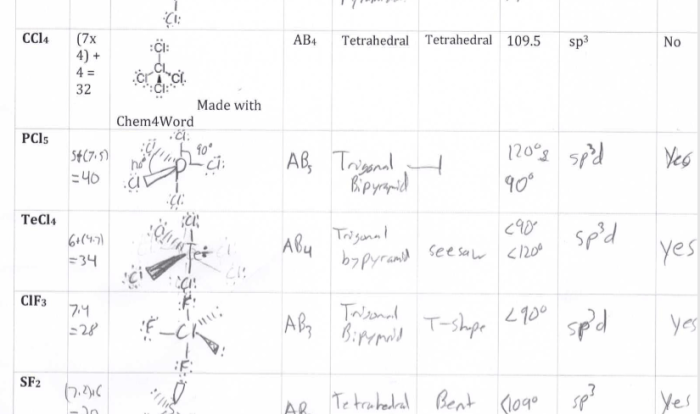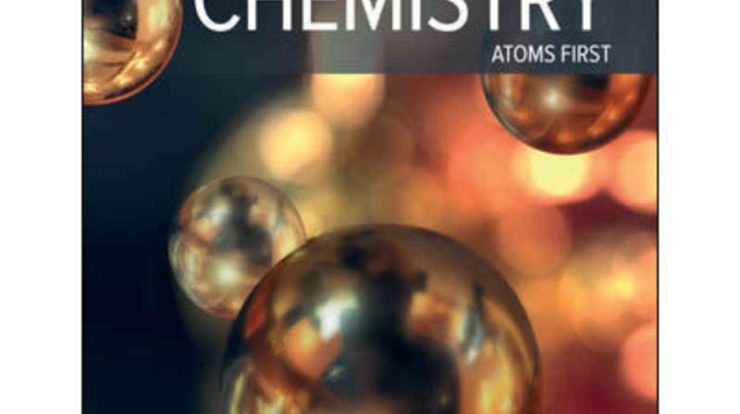Chapter 12 stoichiometry answer key – Embark on a captivating journey into the realm of stoichiometry with our comprehensive answer key for Chapter 12. This guide unlocks the mysteries of chemical proportions, empowering you to decipher the intricate dance of reactants and products.
Delve into the fundamental concepts of stoichiometry, mastering the mole concept and deciphering balanced chemical equations. Witness the practical applications of stoichiometry in real-world scenarios, unraveling its significance in fields like environmental science, medicine, and industry.
Stoichiometry Concepts: Chapter 12 Stoichiometry Answer Key
Stoichiometry is the branch of chemistry that involves the study of the quantitative relationships between reactants and products in chemical reactions. It plays a crucial role in various chemical calculations and is essential for understanding the behavior of chemical systems.
The mole concept is fundamental to stoichiometry. A mole is defined as the amount of substance that contains exactly 6.022 × 10 23elementary entities (atoms, molecules, ions, or electrons). This number is known as Avogadro’s number.
Balanced chemical equations are essential in stoichiometry. A balanced chemical equation shows the chemical formulas of the reactants and products of a reaction, along with their stoichiometric coefficients. These coefficients indicate the relative number of moles of each reactant and product involved in the reaction.
For example, the balanced chemical equation for the combustion of methane is:
CH4+ 2O 2→ CO 2+ 2H 2O
This equation shows that one mole of methane reacts with two moles of oxygen to produce one mole of carbon dioxide and two moles of water.
Mole Calculations
In chemistry, it is often necessary to convert between the mass of a substance and the number of moles of that substance. The mole is the SI unit of amount of substance and is defined as the amount of substance that contains as many elementary entities as there are atoms in 0.012 kilograms of carbon-12.
The molar mass of a substance is the mass of one mole of that substance. It is expressed in grams per mole (g/mol). The molar mass of a substance can be used to convert between the mass and the number of moles of that substance.
Converting Mass to Moles
To convert the mass of a substance to the number of moles, divide the mass by the molar mass of the substance.
For example, to convert 10.0 g of sodium chloride (NaCl) to moles, divide the mass by the molar mass of NaCl (58.44 g/mol):
“`
0 g NaCl / 58.44 g/mol = 0.171 mol NaCl
“`
Converting Moles to Mass, Chapter 12 stoichiometry answer key
To convert the number of moles of a substance to the mass, multiply the number of moles by the molar mass of the substance.
For example, to convert 0.171 mol of NaCl to grams, multiply the number of moles by the molar mass of NaCl (58.44 g/mol):
“`
- 171 mol NaCl
- 58.44 g/mol = 10.0 g NaCl
“`
Table of Mole Conversions
The following table provides a few more examples of mole conversions:
| Mass (g) | Number of Moles | Substance |
|---|---|---|
| 12.0 | 0.100 | Magnesium (Mg) |
| 32.0 | 0.200 | Oxygen (O2) |
| 56.0 | 0.500 | Iron (Fe) |
| 100.0 | 1.000 | Sodium chloride (NaCl) |
Stoichiometric Calculations
Stoichiometric calculations are used to determine the quantitative relationships between reactants and products in a chemical reaction. These calculations are based on the law of conservation of mass, which states that the total mass of the reactants in a reaction is equal to the total mass of the products.
Using Balanced Chemical Equations
Balanced chemical equations provide the stoichiometric ratios between reactants and products. The coefficients in a balanced equation represent the number of moles of each reactant and product involved in the reaction. For example, the following balanced equation shows that 2 moles of hydrogen react with 1 mole of oxygen to produce 2 moles of water:
“`
H2+ O 2→ 2H 2O
“`
This equation tells us that for every 2 moles of hydrogen used, 1 mole of oxygen is required, and 2 moles of water are produced.
Method for Stoichiometric Calculations
To perform stoichiometric calculations, follow these steps:
- Balance the chemical equation.
- Convert the given amount of one reactant or product to moles.
- Use the stoichiometric ratio from the balanced equation to determine the moles of other reactants or products.
- Convert the moles of other reactants or products to the desired unit (e.g., grams, liters).
Limiting Reactants
In a reaction, the limiting reactant is the reactant that is completely consumed, limiting the amount of product that can be formed. To determine the limiting reactant, compare the moles of each reactant to the stoichiometric ratio. The reactant with the smallest mole ratio to its stoichiometric coefficient is the limiting reactant.
Practice Problems
- Calculate the mass of carbon dioxide produced when 5.0 g of methane (CH 4) reacts completely with excess oxygen.
- Determine the limiting reactant when 2.0 moles of hydrogen (H 2) and 1.0 mole of oxygen (O 2) react to form water (H 2O).
- Calculate the volume of nitrogen gas (N 2) produced at STP when 10.0 g of sodium azide (NaN 3) decomposes completely.
Solutions to these practice problems are provided in the answer key.
Solution Stoichiometry
In solution stoichiometry, we delve into the quantitative relationships between reactants and products in solutions. We will explore the concepts of molarity, concentration, and dilution, equipping you with the tools to prepare solutions of specific concentrations.
Molarity and Concentration
Molarity, often denoted as M, is a measure of the concentration of a solution. It represents the number of moles of solute per liter of solution. Concentration, on the other hand, is a general term used to describe the amount of solute in a given volume of solvent.
In solution stoichiometry, concentration is often expressed in molarity.
Dilution Techniques
Dilution involves adding more solvent to a solution, thereby decreasing its concentration. The dilution formula, C1V 1= C 2V 2, helps us calculate the new concentration (C 2) after dilution, where C 1is the initial concentration, V 1is the initial volume, and V 2is the final volume.
Practice Problems
1. Calculate the molarity of a solution prepared by dissolving 0.25 moles of NaCl in 500 mL of water.
2. How many milliliters of water must be added to 250 mL of a 2.0 M NaCl solution to obtain a 1.0 M solution?
Applications of Stoichiometry
Stoichiometry finds extensive applications in various fields, providing a fundamental understanding of chemical processes and enabling informed decision-making.
In environmental science, stoichiometry helps assess the impact of human activities on the environment. By determining the stoichiometric ratios of pollutants, scientists can quantify their emissions and develop strategies to mitigate their effects. For instance, understanding the stoichiometry of combustion processes allows for the optimization of fuel mixtures to minimize harmful emissions.
Medicine
In medicine, stoichiometry plays a crucial role in drug development and dosage calculations. By understanding the stoichiometric relationships between drugs and their targets, researchers can design more effective and targeted therapies. Stoichiometry also aids in determining appropriate drug dosages based on patient-specific factors, ensuring optimal treatment outcomes and minimizing adverse effects.
Industry
In industry, stoichiometry is essential for optimizing chemical processes and ensuring product quality. By calculating stoichiometric ratios, engineers can determine the exact amounts of reactants required for a given reaction, minimizing waste and maximizing efficiency. For example, in the production of fertilizers, stoichiometry ensures the precise ratios of nutrients to meet crop requirements, enhancing agricultural yields.
Questions and Answers
What is stoichiometry?
Stoichiometry is the study of the quantitative relationships between reactants and products in chemical reactions.
How do I use the mole concept in stoichiometry?
The mole concept allows you to convert between the mass and the number of particles (atoms, molecules, or ions) in a substance.
What is a balanced chemical equation?
A balanced chemical equation shows the reactants and products of a chemical reaction in a way that the number of atoms of each element is the same on both sides of the equation.


